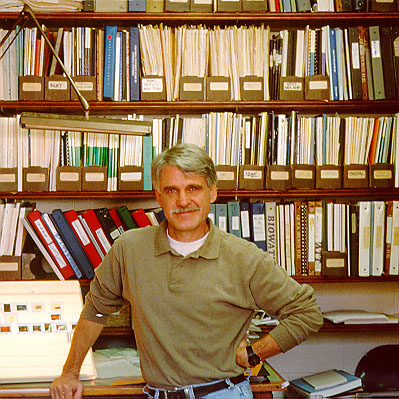A ‘dirty little secret’ in biological oceanography is that the depth of the productive zone in the ocean is unknown. For optical oceanographers, the depth of the euphoric zone is whatever they define it to be, and ‘1% of surface irradiance’ (usually photosynthetically active radiation, or PAR) has been the operational definition for at least half a century. For various reasons, the 1% criterion is not very satisfactory, although its use is almost universal. Ocean biologists and geochemists, however, need to know the bottom boundary of the primary production zone and to define a depth from which to estimate the export of organic production to the deep sea. The depth of the productive layer, biologically, will be at the compensation point, or where gains from gross photosynthesis balance losses from autotrophic respiration. There is also a corresponding compensation irradiance, the irradiance at the compensation point. The key is autotrophic respiration, a notoriously difficult physiological process to measure in the phytoplankton. Dr. Mara will review previous efforts to measure the compensation irradiance and autotrophic respiration, present some recent measurements of the compensation depth, and suggest how these can be applied to estimating the depth dimension to the productive layer in the global ocean.
Events that address critical issues confronting society in pursuit of environmental balance, economic vitality & social justice.
Get weekly updates on the Sustainability Events Calendar with the UCI Sustainability Resource Center's Weekly Digest.

This event has passed.

Department Seminar: John Marra The Ocean’s Unknown Euphotic Zone
Wednesday, Apr 20, 2016 @ 2:00 pm - 3:00 pm
| Free.1
